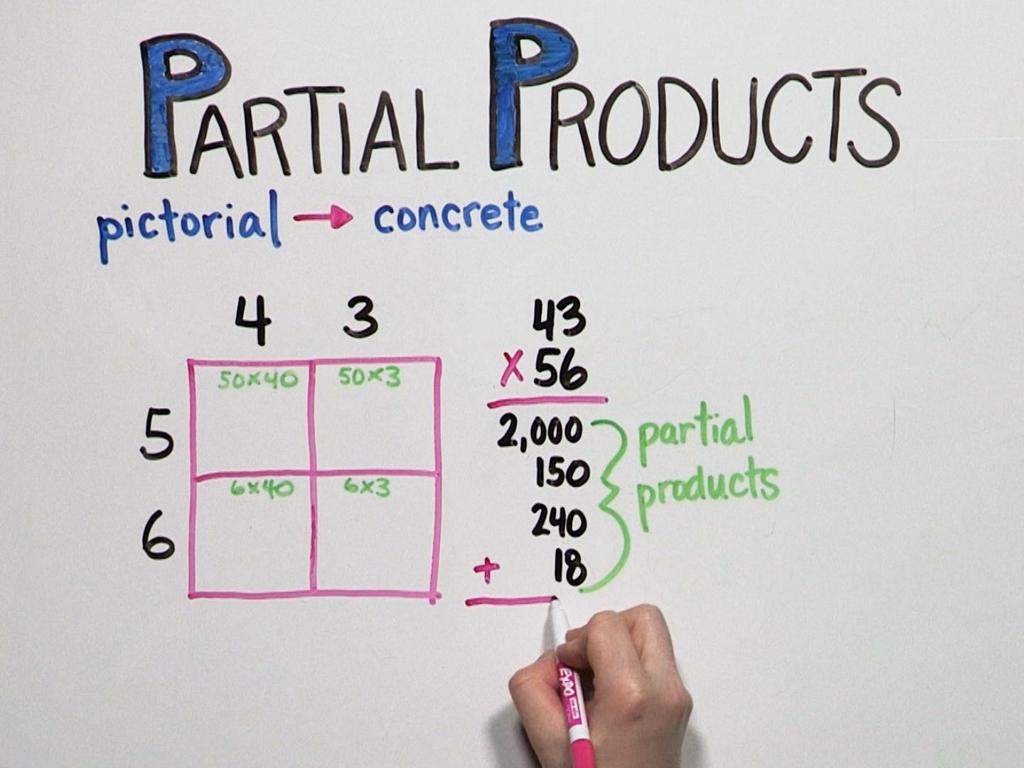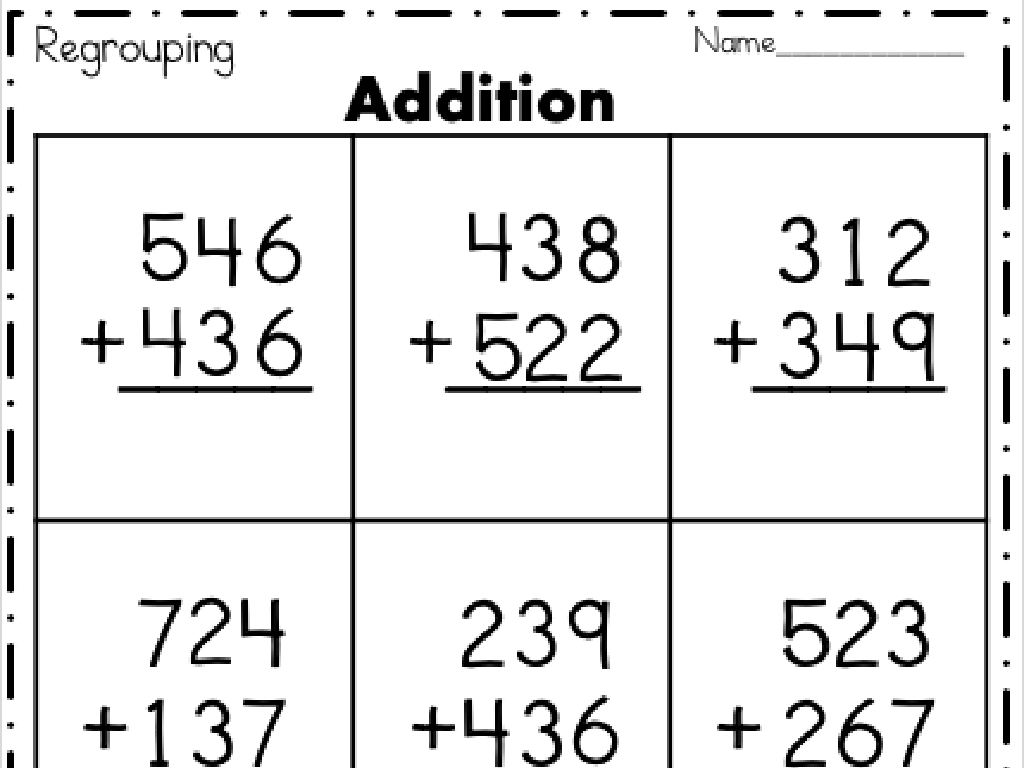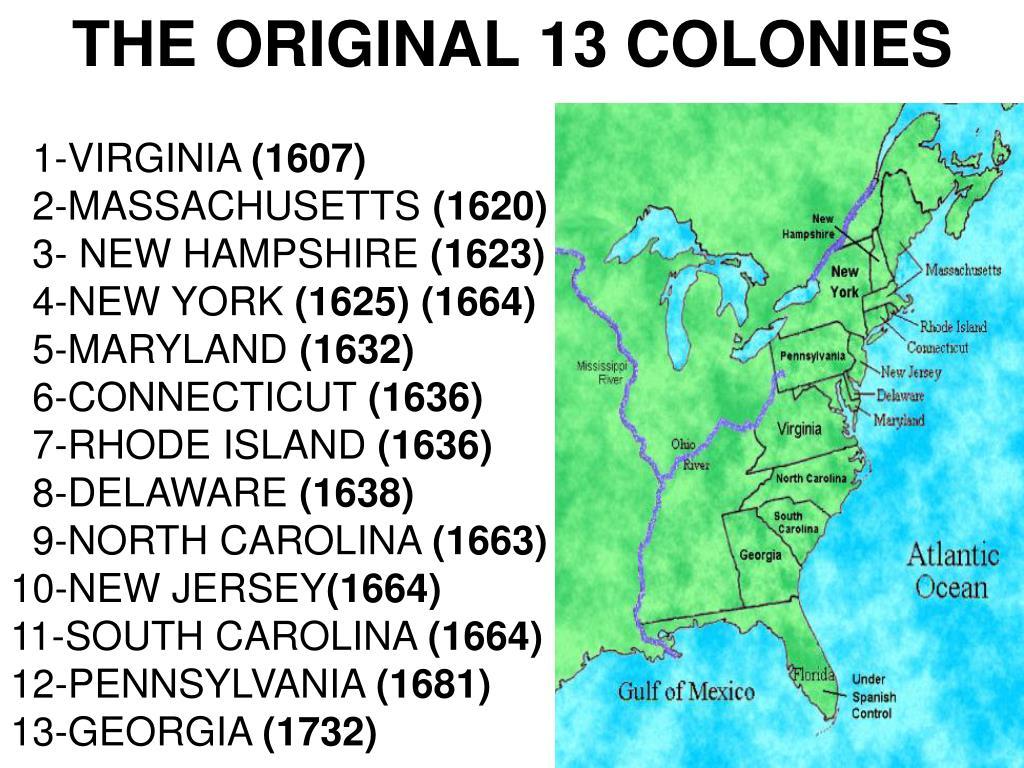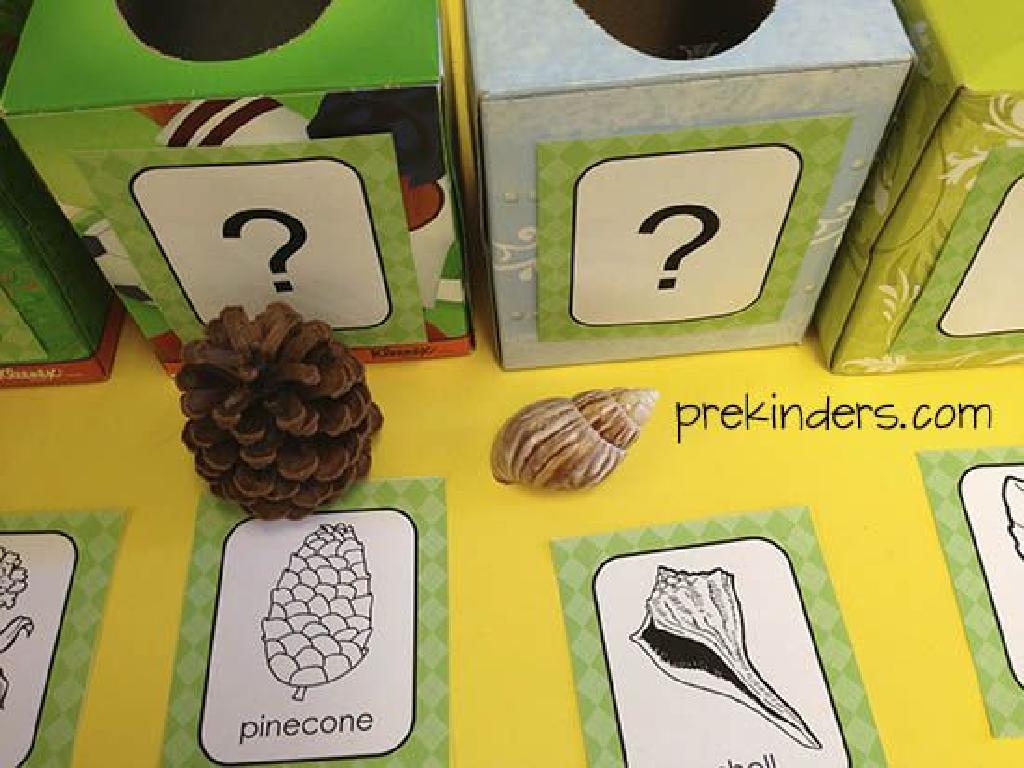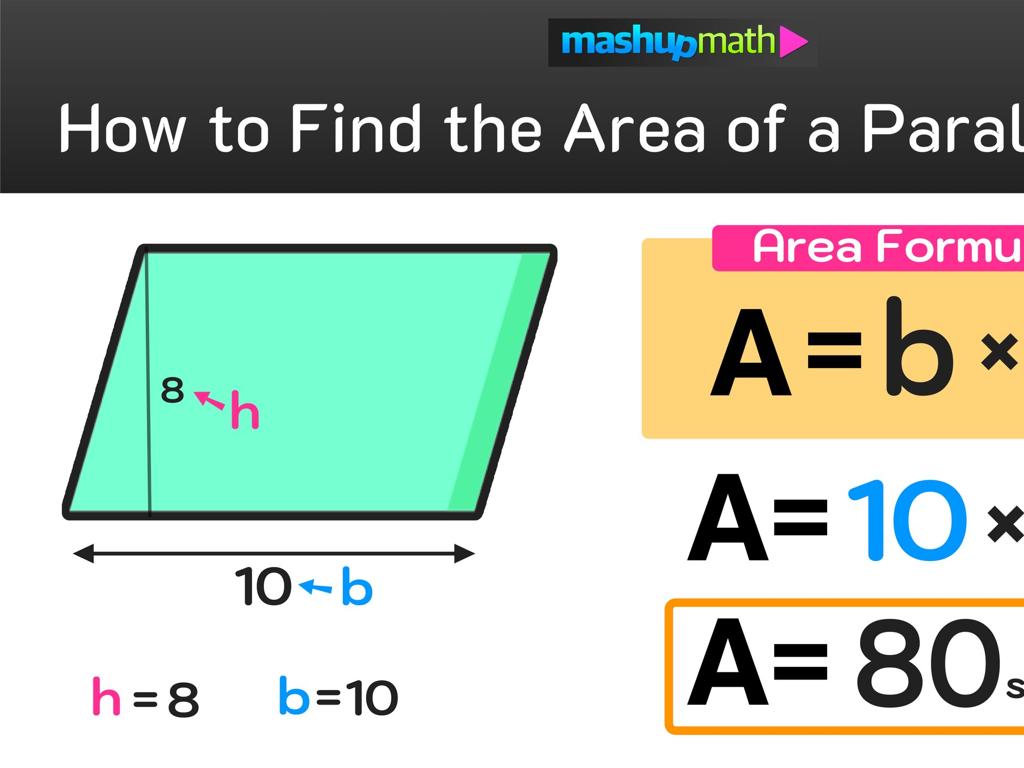Choose The Words With A Given Long Vowel
Subject: Language arts
Grade: Second grade
Topic: Long Vowel Patterns
Please LOG IN to download the presentation. Access is available to registered users only.
View More Content
Introduction to Long Vowels
– What are vowels?
– Vowels are a, e, i, o, u. They can make different sounds!
– Short vs. long vowels
– Short vowels sound like ‘a’ in apple, long vowels say their name.
– Exploring long vowel sounds
– Long vowels sound like the letter name itself, such as ‘a’ in ‘cake’.
– Practice with long vowels
|
Begin the lesson by explaining what vowels are and the role they play in forming words. Highlight the difference between short and long vowels, emphasizing that long vowels ‘say their name.’ Use examples to illustrate the concept, such as comparing the ‘a’ in ‘apple’ (short vowel) to the ‘a’ in ‘cake’ (long vowel). Engage the class with practice exercises where they identify and use long vowel sounds in words. This will help solidify their understanding of long vowel patterns and prepare them for more advanced reading skills.
Meet the Long Vowels
– Long vowels say their name
– ‘a’ in ‘cake’
– The ‘a’ sounds like its own letter name
– ‘e’ in ‘beet’
– The ‘e’ sounds like its own letter name
– ‘i’ in ‘bike’
– The ‘i’ sounds like its own letter name
– ‘o’ in ‘cone’
– The ‘o’ sounds like its own letter name
|
This slide introduces the concept of long vowels to second-grade students, emphasizing that long vowels ‘say their name.’ Provide examples for each vowel and encourage students to notice the pattern in words they already know. Explain that the long vowel sound occurs when the vowel in a word sounds like its name, as in ‘cake’ for ‘a’ or ‘beet’ for ‘e.’ Use visual aids or props if possible to reinforce the concept. Have students practice by identifying the long vowel sounds in different words and by saying them aloud. This foundational understanding will help them in reading and spelling more complex words.
Exploring Long Vowel Patterns
– Common long vowel patterns: ‘a_e’, ‘e_e’, ‘i_e’, ‘o_e’, ‘u_e’
– Silent ‘e’ makes the vowel say its name, like in ‘cake’
– Other patterns include: ‘ai’, ‘ea’, ‘ee’, ‘oa’, ‘ue’
– Vowel teams can also make long vowel sounds, like ‘ai’ in ‘rain’
– Examples: ‘cake’, ‘these’, ‘kite’, ‘bone’, ‘cube’
– ‘ea’ in ‘leaf’, ‘ee’ in ‘tree’, ‘oa’ in ‘boat’, ‘ue’ in ‘blue’
– Practice: Find words with these patterns
– Look in books or around you for words with these patterns
|
This slide introduces second graders to the concept of long vowel patterns, which are essential for reading and spelling. Start by explaining the magic ‘e’ rule, where an ‘e’ at the end of the word makes the previous vowel long. Then, discuss vowel teams, pairs of vowels that work together to make a long vowel sound. Provide clear examples for each pattern and encourage students to practice by finding words in their environment or in books they read. This activity helps reinforce their understanding of long vowel sounds and patterns.
Spot the Long Vowel: Long ‘a’ Sound
– Find words with the long ‘a’
– Like in ‘cake’, ‘make’, and ‘late’
– Look for the ‘a_e’ pattern
– The ‘a_e’ makes the ‘a’ say its name
– Practice with examples
– Share your words with the class
– Get ready to tell us your words!
|
This slide is aimed at helping second graders recognize the long ‘a’ sound in words, particularly when it follows the ‘a_e’ pattern, known as a silent ‘e’ or magic ‘e’. Start by explaining that the long ‘a’ sounds like the letter ‘a’ itself. Provide examples such as ‘cake’, ‘make’, and ‘late’ where the ‘e’ at the end of the word is silent but makes the ‘a’ long. Encourage the students to look for this pattern in words and come up with their own examples. During the next class, have a sharing session where students can share the words they found and discuss the long ‘a’ sound in each. This activity will reinforce their understanding of long vowel patterns and improve their reading skills.
Practice Time: Long Vowel Sounds
– Understand long vowel sounds
– Choose words with long vowels
– Words like ‘cake’ have a long ‘a’ sound
– Complete the sentence correctly
– Example: ‘I like to eat c_ke.’ (cake)
– The missing word is ‘cake’ with a long ‘a’ sound
|
This slide is for a class activity focused on practicing long vowel sounds. Students will learn to identify and use words with long vowels in sentences. Start by explaining what long vowel sounds are and how they differ from short vowel sounds. Then, present sentences with missing words and challenge the students to fill in the blanks with the correct long vowel words. Use the example provided to demonstrate how to complete the activity. For the class, prepare a list of sentences similar to the example, ensuring each long vowel sound is represented. Encourage students to say the words out loud to hear the vowel sounds. This activity will help reinforce their understanding of long vowel patterns in a fun and interactive way.
Long Vowels in Sentences
– Fill in blanks with long vowels
– Choose words like ‘cake’ or ‘ride’
– Read sentences with a partner
– Take turns reading to improve fluency
– Practice pronunciation
– Share your favorite sentence
– Tell the class which sentence you liked best
|
This slide is for a class activity focused on recognizing and using long vowel sounds within the context of sentences. Students will work in pairs to fill in the blanks in sentences with words that contain long vowel sounds. They will then practice reading these sentences aloud to each other, which will help them with their pronunciation and fluency. Encourage students to listen to each other and correct any mistakes. After the activity, ask students to share their favorite sentences with the class, explaining why they chose them. This will help reinforce their understanding of long vowels and give them confidence in their reading abilities. Prepare a list of sentences with missing words and a word bank with long vowel words for the students to choose from.
Class Activity: Long Vowel Hunt
– Find 5 words with long vowels
– Use your reading book for the hunt
– List your words on paper
– Share your findings with the class
|
This activity is designed to help students recognize and understand long vowel sounds in words. Provide a brief review of what constitutes a long vowel sound, using examples like ‘cake’ for long ‘a’ or ‘seed’ for long ‘e’. Encourage students to look through their reading books and identify words that contain long vowel sounds. They should write these words down on a piece of paper. Once they have their list, ask them to share their words with the class. This will not only reinforce their understanding but also allow them to learn from the words that their classmates find. Possible variations of the activity could include finding words in magazines, writing sentences with the words, or drawing pictures to illustrate the words they find.
Conclusion: The Power of Long Vowels
– Recap long vowel sounds
– A, E, I, O, U say their names
– Patterns of long vowels
– Silent e, double vowels, and vowel teams
– Importance in reading
– Helps in decoding words accurately
– Significance in writing
– Aids in spelling words correctly
|
As we wrap up, let’s review the long vowel sounds, which are when vowels say their names, such as ‘a’ in ‘cake’. We’ve learned patterns like silent ‘e’ at the end of words, double vowels, and vowel teams that often indicate a long vowel sound. Understanding these patterns is crucial for reading because it allows students to decode words accurately, which is essential for fluency and comprehension. In writing, recognizing long vowel patterns helps with spelling words correctly. Encourage students to listen for long vowel sounds in words and to practice reading and writing them. This foundational skill will support their literacy development as they progress in their education.
Homework Challenge: Long Vowel Story
– Write a short story at home
– Include 10 words with long vowels
– Words like ‘cake’, ‘seat’, ‘bike’, ‘cone’, ‘cube’
– Circle each long vowel word
– This helps identify and remember them
– Get ready to present your story
|
This homework task is designed to reinforce the concept of long vowel sounds in a fun and creative way. By writing a short story, students will practice using long vowel words in context, enhancing their understanding and retention. Encourage them to think of words that have the long vowel sounds, such as ‘a’ in ‘cake’, ‘e’ in ‘seat’, ‘i’ in ‘bike’, ‘o’ in ‘cone’, and ‘u’ in ‘cube’. Remind them to circle the long vowel words to visually emphasize these examples. In the next class, students will have the opportunity to share their stories, which will help build their confidence in reading and identifying long vowel patterns. Provide guidance on how to structure a short story and encourage creativity. This activity also allows for assessment of their grasp of long vowel words in a narrative context.

